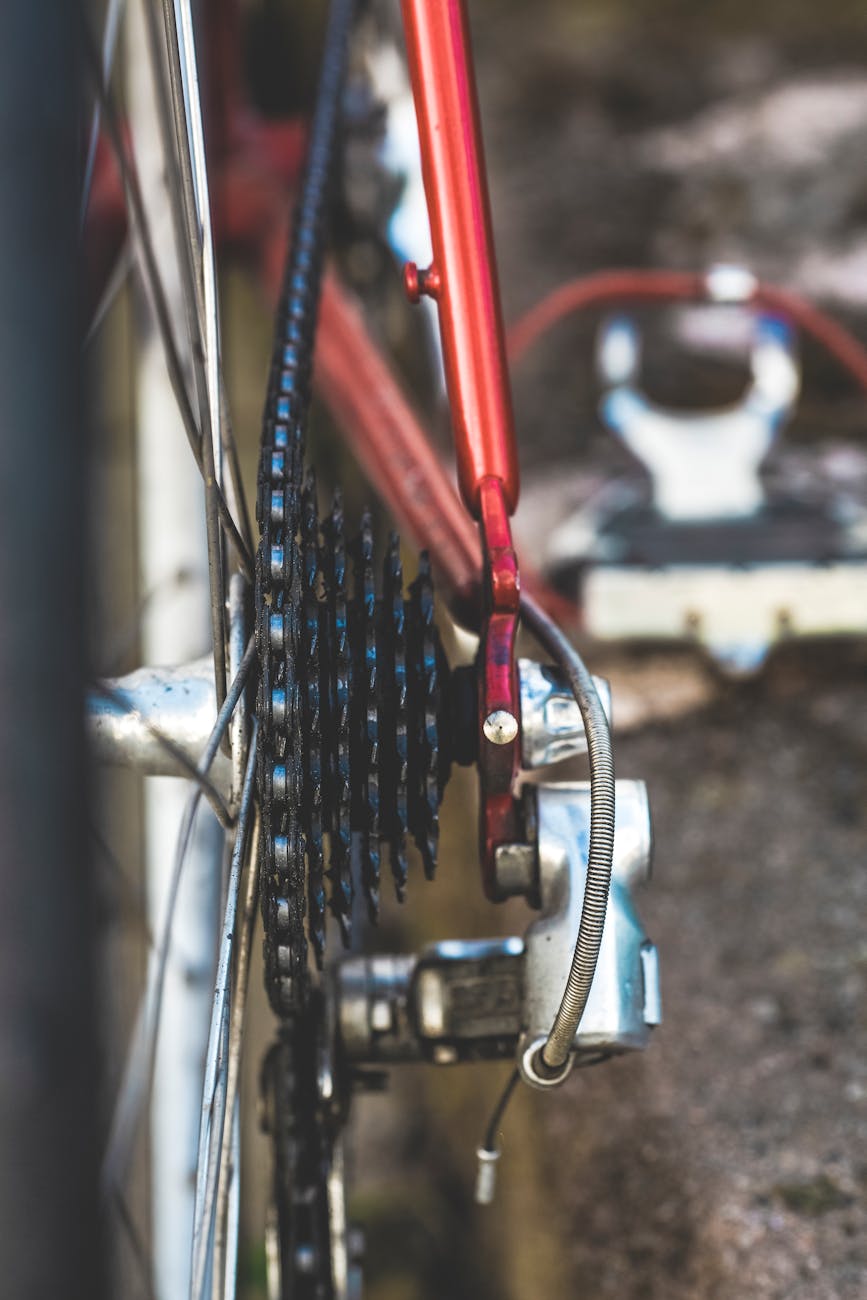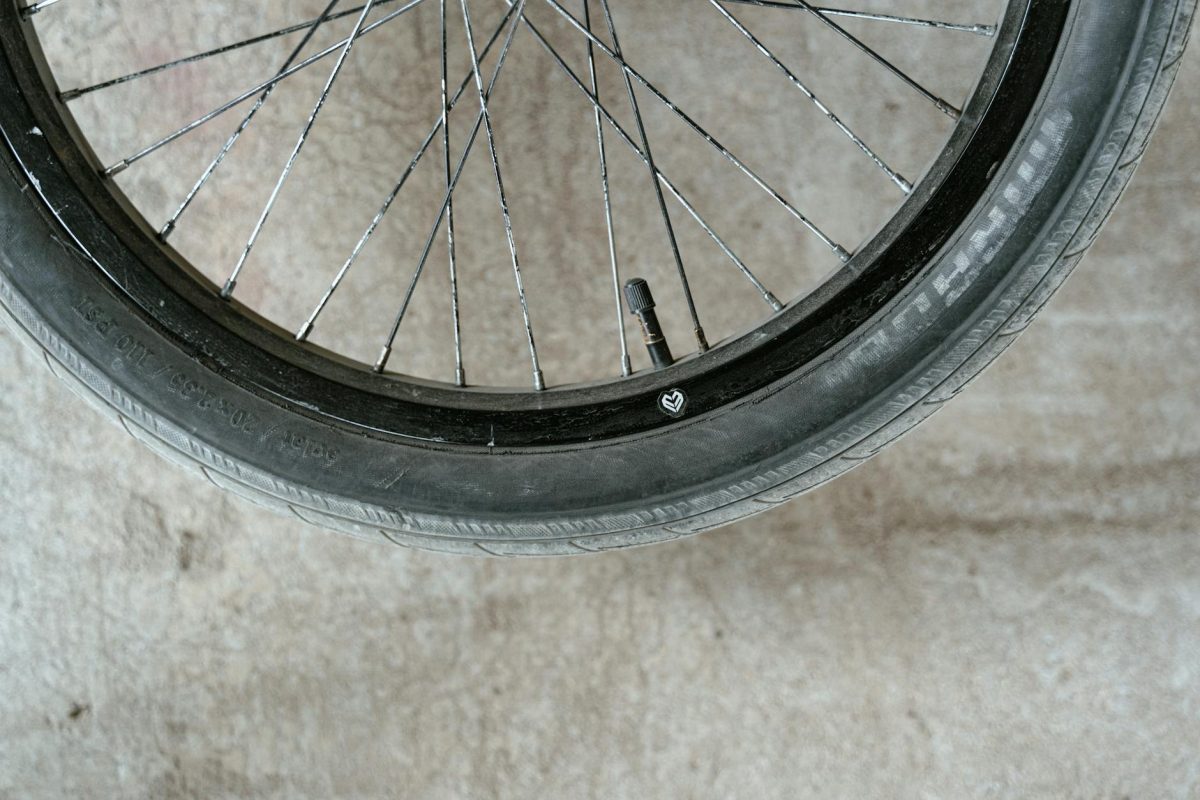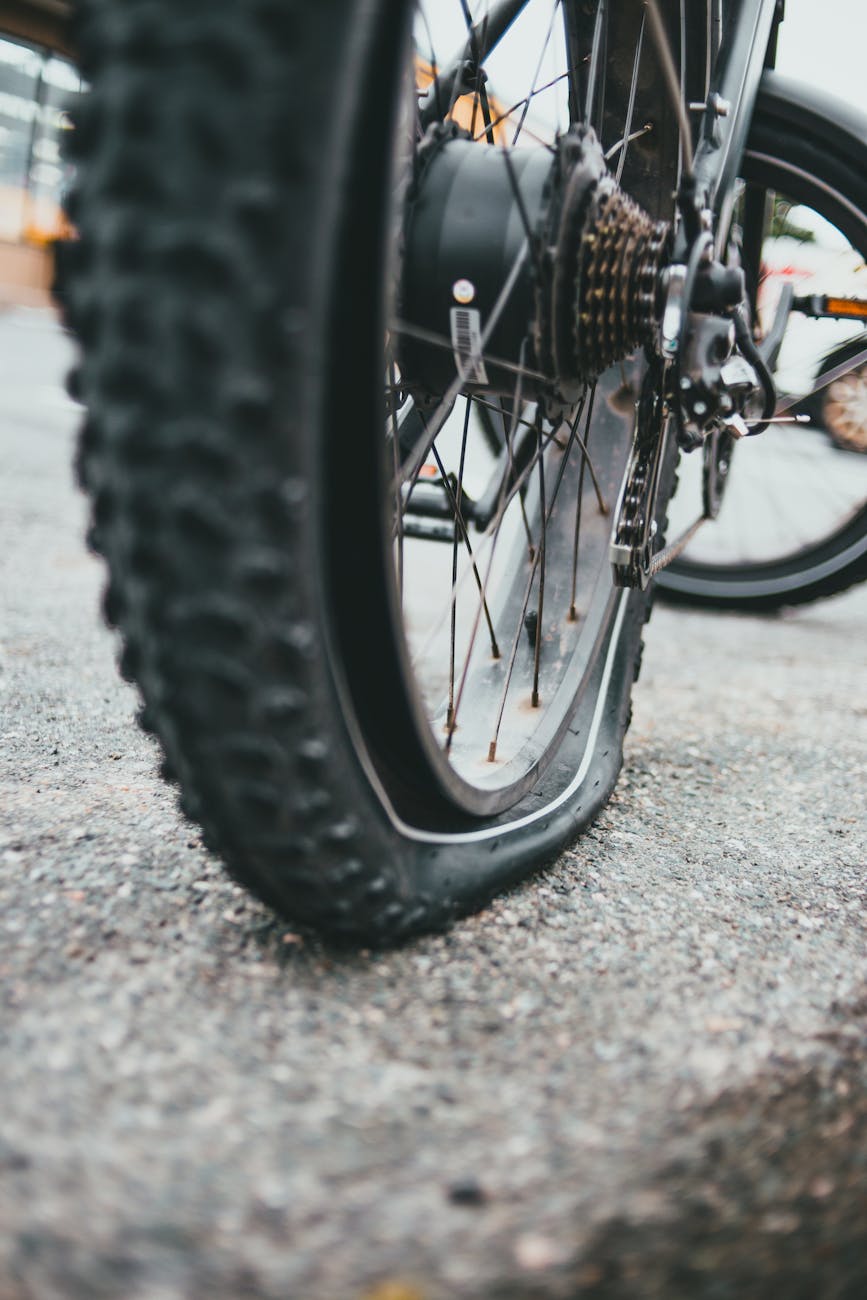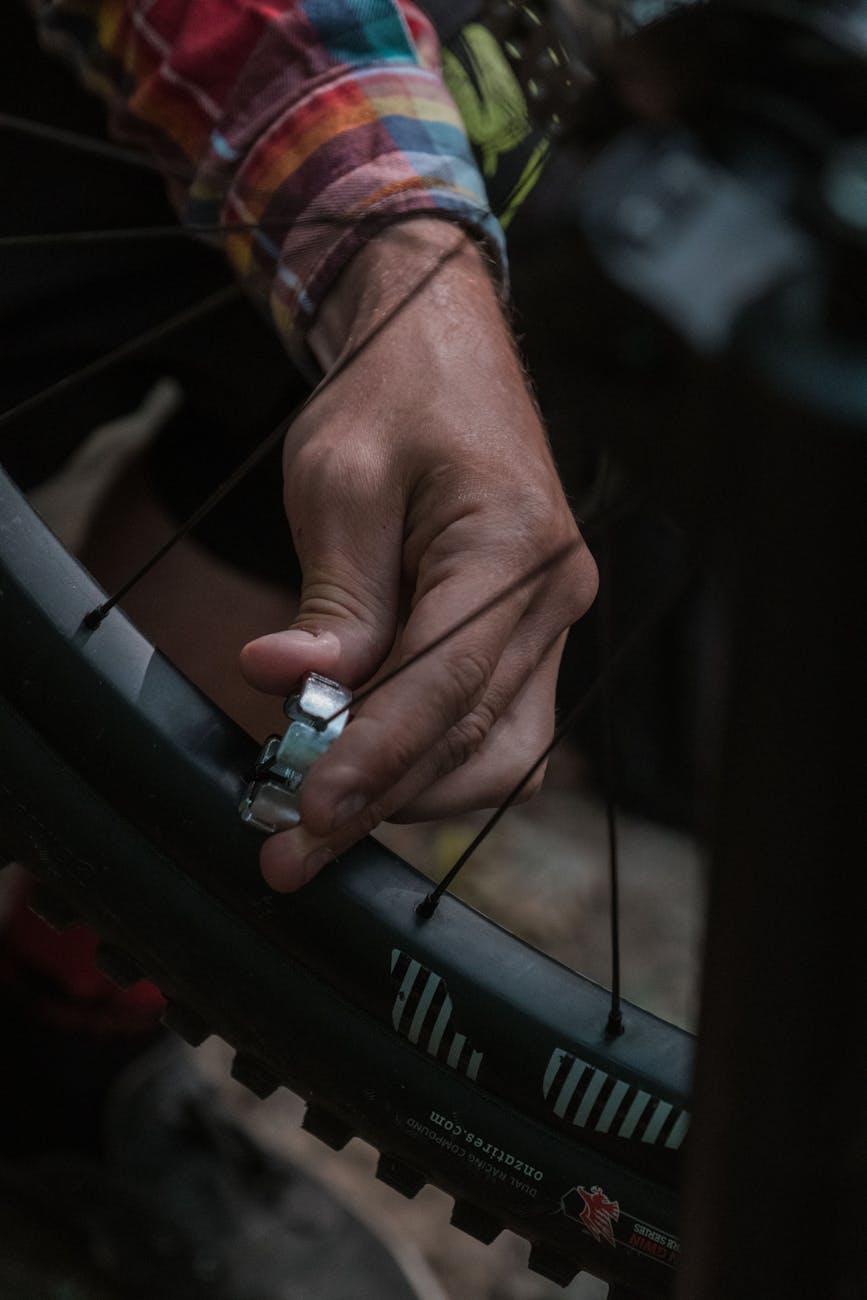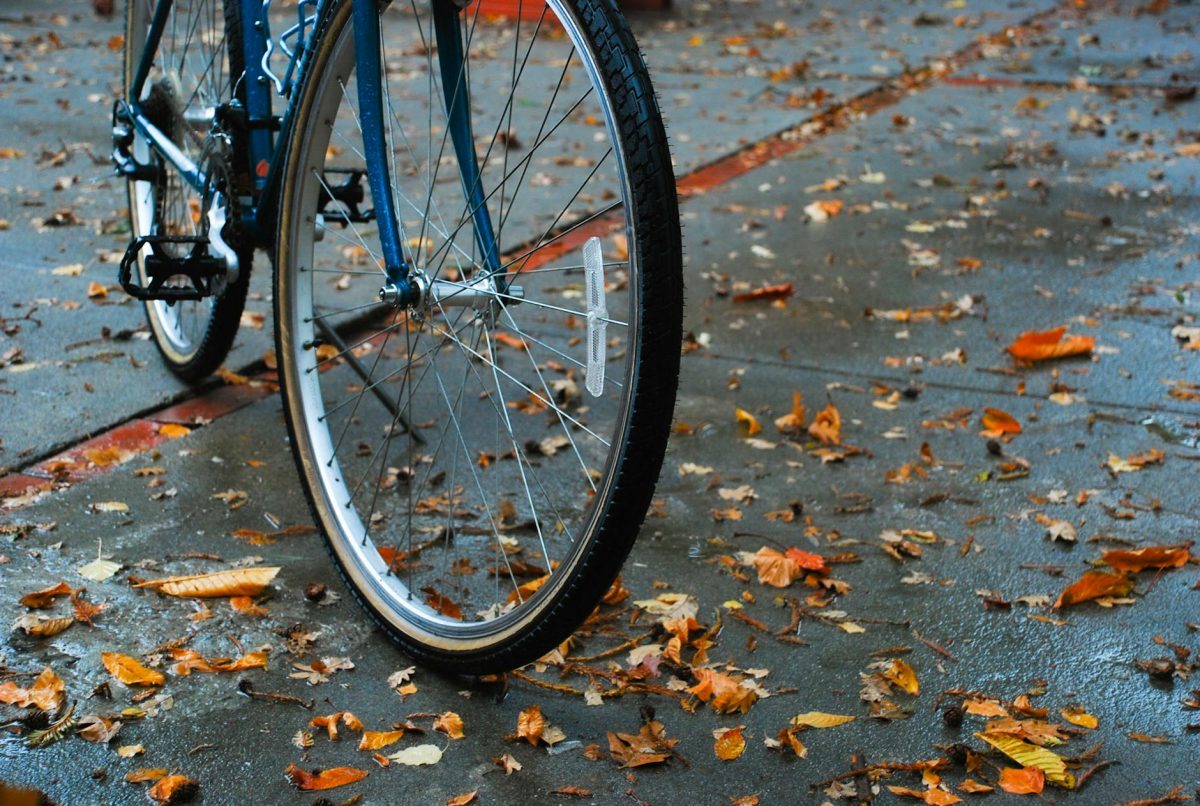Women’s Bikes: Find Your Perfect Match
Are you a woman looking to explore the world on two wheels? Women’s bikes offer a wide range of options tailored to fit your specific needs and preferences. Whether you’re a casual rider, a fitness enthusiast, or an adventure seeker, finding the perfect bike can significantly enhance your cycling experience. In this comprehensive guide, we’ll delve into the world of women’s bikes, exploring different types, features, and tips to help you find your ideal match.
Types of Women’s Bikes
1. Hybrid Bikes for Versatility: Hybrid bikes are an excellent choice for women who seek versatility in their cycling adventures. These bikes combine the features of road bikes and mountain bikes, offering a comfortable upright riding position, smooth tires for efficient pavement cycling, and enough ruggedness to handle off-road paths.
2. Road Bikes for Speed: If your passion lies in swift rides on smooth roads, a road bike might be the ideal choice for you. With lightweight frames, narrow tires, and drop handlebars, road bikes are designed for speed and efficiency. Women’s road bikes often feature components tailored to accommodate female riders, ensuring a comfortable and efficient riding experience.
3. Mountain Bikes for Off-Road Thrills: For those who crave adrenaline-pumping off-road adventures, mountain bikes are the perfect match. These rugged bikes are equipped with sturdy frames, knobby tires, and suspension systems to tackle challenging terrains with ease. Women’s mountain bikes may come with adjusted geometry to offer optimal comfort and performance for female riders.
Features to Consider
1. Frame Size and Geometry: The most critical aspect of choosing a women’s bike is finding the right frame size and geometry to ensure a comfortable and efficient riding position. Look for bikes with women-specific geometries that cater to the anatomical differences between men and women, providing a more customized fit.
2. Saddle Comfort: A well-fitted saddle can make a significant difference in your cycling comfort. Women’s bikes often come with women-specific saddles designed to accommodate wider sit bones and provide extra cushioning for a more comfortable ride.
3. Handlebar Width and Shape: Consider the handlebar width and shape that best suits your riding style and preferences. Women’s bikes may feature narrower handlebars to accommodate smaller shoulders and offer better control and comfort during rides.
Tips for Finding Your Perfect Match
1. Test Ride Different Models: Before making a purchase, take the time to test ride different women’s bike models to get a feel for their handling, comfort, and fit. Pay attention to how the bike responds to your movements and ensure it feels right for your riding style.
2. Consult with Experts: Seeking guidance from knowledgeable bike shop staff or cycling experts can help you narrow down your options and find the perfect women’s bike that meets your specific requirements.
3. Consider Your Riding Goals: Whether you aim to ride for fitness, commute to work, or embark on epic adventures, consider your riding goals and choose a women’s bike that aligns with your aspirations.
In conclusion, finding the perfect women’s bike can enhance your cycling experience and open up a world of possibilities for exploration and adventure. By understanding the different types of women’s bikes, key features to consider, and tips for finding your ideal match, you can embark on your cycling journey with confidence and excitement. Whether you’re a beginner cyclist or a seasoned rider, the right women’s bike awaits to accompany you on your next pedaling adventure.

